Whether you work hybrid or remote, having to switch contexts and apps multiple times during the day is part and parcel of a typical workday. Creately’s latest integration with Microsoft Teams introduces a better way to work with teams and… Read More
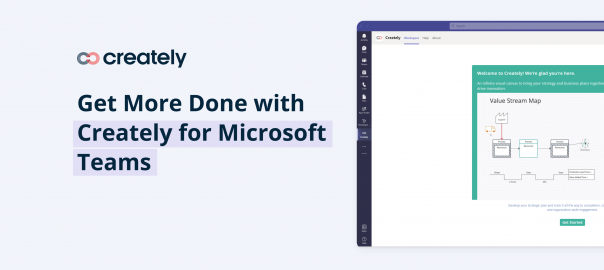

Whether you work hybrid or remote, having to switch contexts and apps multiple times during the day is part and parcel of a typical workday. Creately’s latest integration with Microsoft Teams introduces a better way to work with teams and… Read More
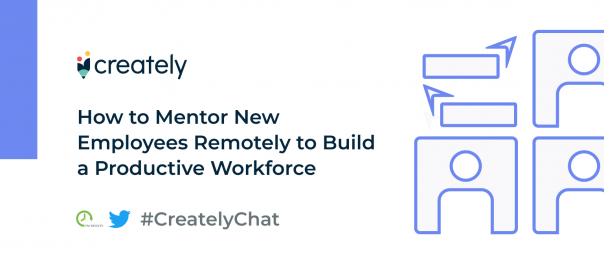
Working remotely does not need to be a disruption to foster meaningful relationships between mentors and mentees. There are multiple whiteboard and remote collaboration tools that enable you to continue training and mentorships with ease in real-time. Creately, together with… Read More
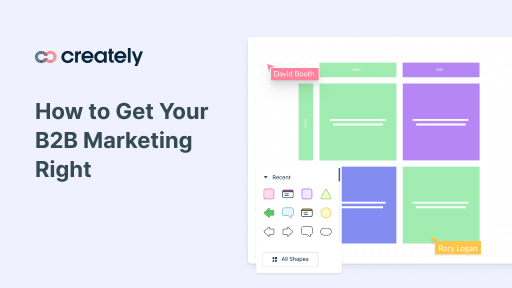
The success of a product depends on its marketing strategy. The right marketing mix can do wonders in product positioning and reaching out to your targeted customers. Whether you adopt B2C or B2B marketing strategies, your products are always marketed… Read More
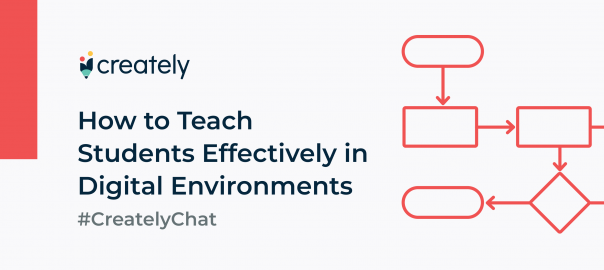
The COVID-19 pandemic confined us to our homes and compelled us to limit social interactions. It also paved the way for a new trend of digitization where we had to sort for remote collaboration and working methods to fulfil our… Read More
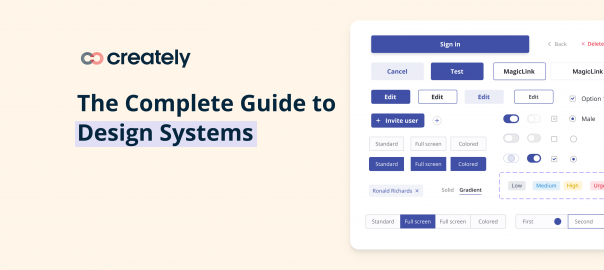
Design Systems Evangelist Nathan Curtis states that “a design system isn’t a project. It is a product, serving products.” Simply put, if your software products or services are your actors, then the design system is your director. A successful SaaS… Read More
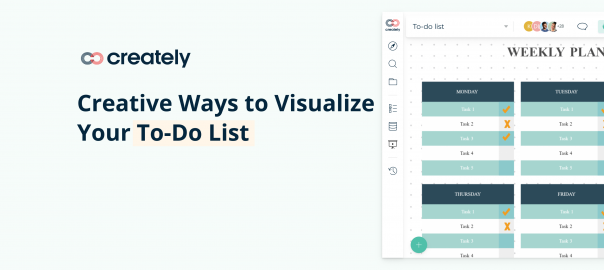
One of the simplest joys in life is to cross off a completed item from your to-do list as it gives you an amazing sense of accomplishment. In this post, we are going to talk about creative to-do list ideas… Read More